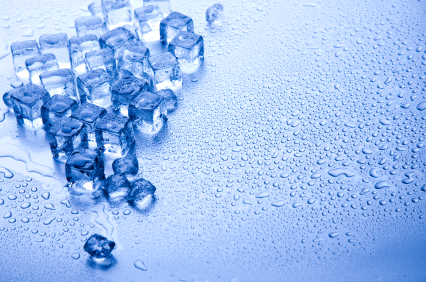I’ve had It! I am going to set the record straight on icing an injury; specifically sports related injuries. There has been a slew of articles against using ice for injuries. In proper context the articles claim it can do more harm than good and delay healing. Whaaat??!! I have been a sports medicine clinician/trainer for 31 years. I have treated many orthopedic cases;some simple others quite complex. And NEVER has ice been an issue because we KNOW it’s not a healing agent!
In all fairness, when I read these articles there is never any mention of its use in the clinical setting but it seems to be addressing the lay public and its ‘overuse’ of ice. In this case the authors are correct. Thinking just icing will ‘heal’ is flawed thinking. And this is where I will express my position based on years in the management, assessment and the prevention of sport related injuries;in and out of the clinic.
When I entered graduate school at ISU, Indiana State University they were considered the top school for sports medicine and human performance. My good fortune was that my graduate adviser was Dr. Ken Knight; preeminent expert in the affects of ice on human tissue. He had been conducting research since 1975! He later published his works after 5 years of data gathering. I assisted, along with other graduate students, in collecting data for his research in the performance lab where I did my rotation. (Knight had already established his expertise across the US on the side effects and benefits of cryotherapy).
Basically, we measured responses and documented side effects of cold: in this case a bunch of students would immerse their feet and ankles into water buckets filled with ice and we recorded the sensation they experienced and recorded, from the time of immersion, the length of time sensations of cold, discomfort, numbing and warming occurred. NEVER was the hypothesis that ICE, as a sole treatment modality, heals injury!
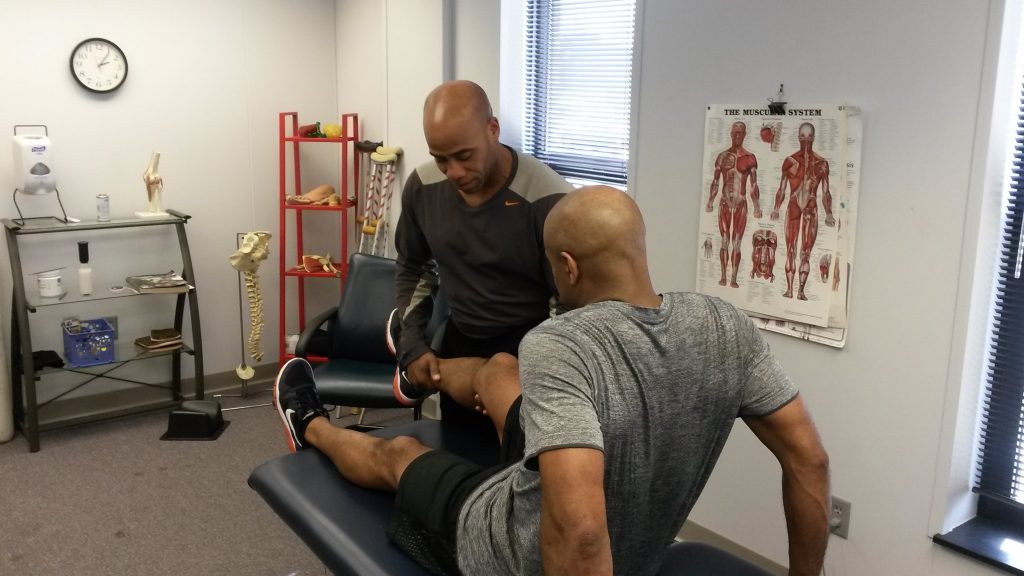
Ice, initially allows us to effectively conduct our hands-on joint assessment, decrease swelling to enhance range of motion, provide pain relief especially at the onset of injury, and compression to decrease the gap of ruptured capillaries that results in swelling.
Ice simply allows the reduction in pain, swelling and inflammation[I ve seen arguments that inflammation is key in healing and that Ice reduces that. However, the Hunting response ( intermittent supply of warm blood to cold exposed extremities ) has never been mentioned in these articles. We know inflammation is part of the healing process. Just like fire jumpers who deliberately set other fire breaks to contain other fires. Ice is simply containing inflammation to reduce damage to other surrounding tissue.
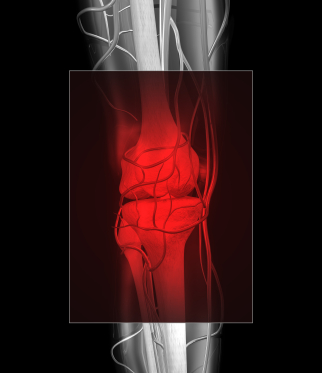
‘HUNTING’ OUT OF SEASON
The Hunting response, that Knight discusses in his research and text book, Cryotherapy is always present and when left on long enough the warming sensation that an injured body part will feel is in part that response. The cold just makes the clinicians job easier to manage the injury. Again, this makes my case that the internet makes everyone an unofficial expert without the critical thinking that comes with being clinically trained in the field of orthopedic injuries, the management/prevention/assessment of sport related injury and rehabilitation science.
In closing, ice to manage the initial stages of an injury is appropriate
to reduce injury anxiety, reduce pain, swelling and disability until the injury can get a professional assessment. The repair and restoration is the result of proper professional management using proper rehab protocols that are commensurate with the severity of injuries.
So what I’m saying is use ice responsibly (sound like a drinking disclaimer). Yes. you can get superficial ‘frost bite’ if you use a frozen object! Ive seen this happen due to ignorance because if a little helps ‘lets use something frozen!’ Below are my clinical guidelines on the use of ice.
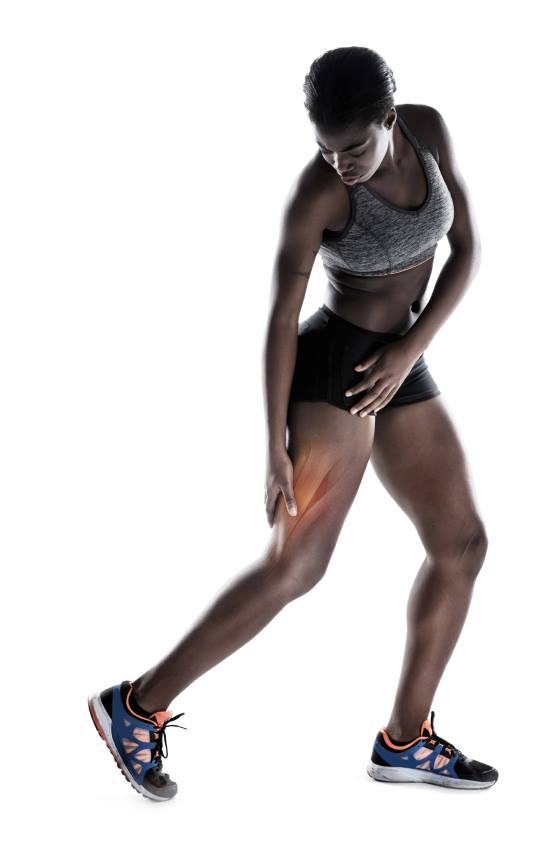
ICEology 101
- The thicker the body part the longer ice application. Joints-under 7 minutes. Soft tissue-less than 20 min. This applies to the following ‘ice hacks’..
- Fave ice hack #1: Fill dixi cup with H2O. Put in freezer. When you come back from training, take out of freezer. Tear off bottom of cup. Apply to sore spot, ‘ahhhhhhhhh’….
- Fave ice hack #2: Add 1CUP H2O and 1CUP rubbing alcohol to a zip lock bag. Put into that bag an ace bandage and work it around so it gets good and soaked. Put in freezer. When ready, take bandage out of bag and squeeze out excess water, then wrap around sore body part. This technique great for extremities and provides compression AND cold! Been teaching this since the 80’s and it has never failed me. My athletes love it because you don’t have to ‘pack’ the area with a clumsy bag-o-ice!
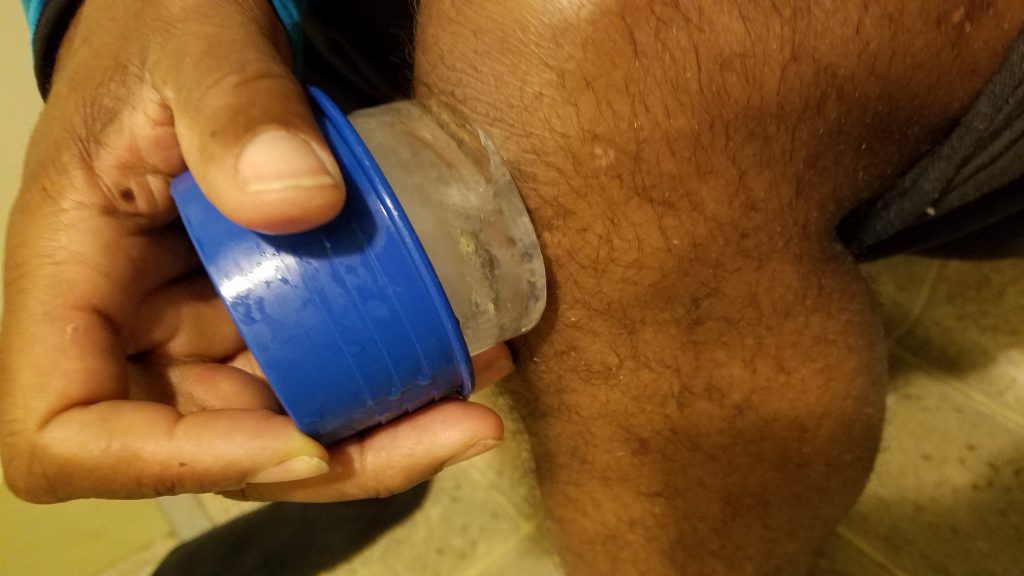
#BODYSPECSINC#FITNESSINJURIES#speedtraining
#kettlebell#sportsperformance#juniorathlete#exercisetips#coreexercise#coreworkout#coreexercises#traindifferently#chestworkout#legsworkout#armworkout#backworkout#functionaltraining#eccentrictraining
